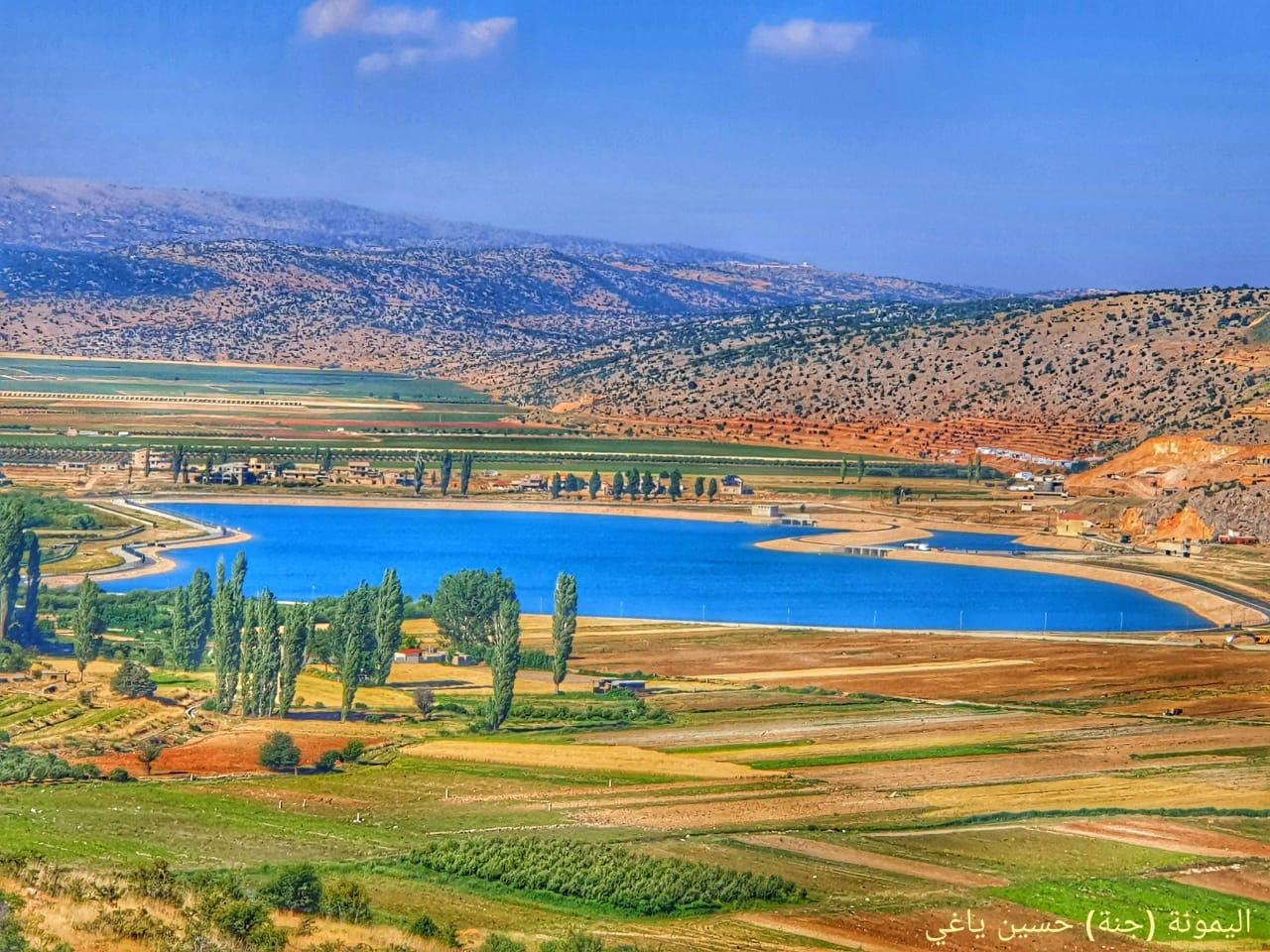About Yammoune

“I, Emperor Adriano, make the area of Yammouneh a protected reserve and shall forbid anyone to cut Juniper trees therein.“
Yammouneh was declared protected at least four times through history. The Roman Emperor Hadrian in year 134 A.C. issued the first law, which was engraved on a rock in the upper west side of Yammouneh. In 1999, the Lebanese Parliament issued law No.10 dated 20/02/1999 establishing the Yammouneh Nature Reserve
Yammouneh lies on the eastern slope between the two mountains of Makmel and Mounaytra. Abundant with waters, it includes 84 water springs, in addition to four permanent rivers and two seasonal streams. Many ancient traces remain there, including Phoenician, Roman and Arab monuments. There is a Roman temple, along with Byzantine ruins. The statue of Aphrodite was removed from the site to the neighboring temple in the city of Baalbek .
Amid the wonderful mountains and the richest natural reserve and finest spring waters, Yammouneh is an amazing painting created by God where all tourists visit to spend their most precious times. The remnants of an ancient fort in the area used to serve as summer residence for Emperor Adriano. Yammouneh Lake is home to Lebanon’s only endemic fish, Pseudophoxinus libani. In Phoenician Mythology, the goddess Astarte “the Goddess of Love and Beauty” turned herself into a golden fish in Yammouneh lake to escape from the vengeance of Typhon. (see related law).
- Based on the literature review and site visits, the floral diversity potentially harbors 369 plant species.
- 72 plants are potentially endemic (about 20% of total number of species)
- 8 species are endangered At least 18 plant species may have economic potential
- Pelecanus crispus
- Milvus migrans
- Aquila clanga and A. helica
- Falco naumani
- Crex crex
- Chettusia gregaria
- Glareola nordmanni
- Motacilla alba
- Pycnonotus xanthopygos
- Oenanthe finschii
- Hippolais languida
- Hyaena hyaena syriaca
- Vulpes vulpes palaestina
- Hysterix indica indica
- Erinaceus concolor
- Meles meles canescens

